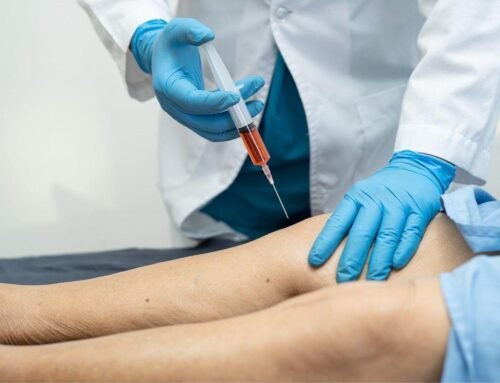Loose ligaments in the upper cervical spine are the cause of cervical instability, a medical disorder that may cause permanent nerve damage and other unpleasant symptoms. Migraines, dizziness, and sickness are all symptoms of cervical spine instability. This illness can be managed with treatment, but unfortunately, there is no known cure.
The following will be a step-by-step discussion, including its symptoms, causes, treatments, diagnosis, and prevention.
What is Cervical Spine Instability?
When the ligaments that support the neck are stretched too thin, you get cervical instability. The top two cervical vertebrae may move too much because of these loose ligaments, which can cause a variety of symptoms.
To put it simply, ligament laxity refers to a situation in which the ligaments that connect bones are unable to hold the body together. This problem, also known as ligamentous laxity, is a common source of ongoing discomfort. Both the full body and localized areas may be affected.
Causes of Cervical Spine Instability
Lack of stability in the ligaments connecting the base of the skull to the first two vertebrae results in a condition known as cranial cervical instability (the atlas and the axis). This allows for too much motion, which has several negative physiological and neurological effects.
Symptoms:
- A nagging fear that your head could “slip off” your spine.
- Occipital pain
- Migraines
- Contraction of muscle fibers
- The discomfort in your neck, shoulders, or jaw
- Lack of ability to swallow
- Pain or discomfort near the scalp’s base
- Sensitivity to light
- Vision impairment
- Noise in the ears, often known as tinnitus (ringing in the ears)
- Difficulty maintaining an upright position
- Tremors
Diagnosis
How can you tell whether your neck is unstable? In order to determine whether you have cervical spine instability, you may use one of four tests:
- Standing MRI (AKA magnetic resonance imaging)
- Scanning using a Supine MRI Magnet (laying on your back)
- CAT scan (AKA computerized tomography)
- Diagnostic imaging with digital radiography
Although magnetic resonance imaging (MRI) is the gold standard for diagnosing, a 2012 study indicated that it had poor diagnostic utility in individuals with whiplash-associated illnesses.
Strategies for Dealing with Cervical Disturbance
What treatment options are there for cervical instability? For treatment, the four most common therapies are:
- Chiropractic Surgery
- Orthopedic treatment
- Strength training
- Prolotherapy
Conclusion
If you are experiencing any of the aforementioned symptoms or are looking for follow-up treatment for Cervical spine instability, contact Dr. Vikram Rajguru in Pune.
About Dr. Vikram Rajguru
Dr.Vikram Rajguru is one of India’s first Interventional Regenerative Orthopedic and OrthoBiologic surgeons. He is one of a handful of surgeons in the nation that is both an Orthopedic Surgeon in Pune and an expert in the field of Interventional Regenerative Orthopedics and Sports Medicine.
The Prolotherapy Clinic (PTC®) was founded by Dr. Vikram Rajguru as a response to the shortcomings so evident in traditional medicine, which largely places a premium on high patient turnover while neglecting long-term health care. PTC® is India’s first center dedicated to practicing regenerative procedures like Prolotherapy in an Orthopedic clinical setting.




